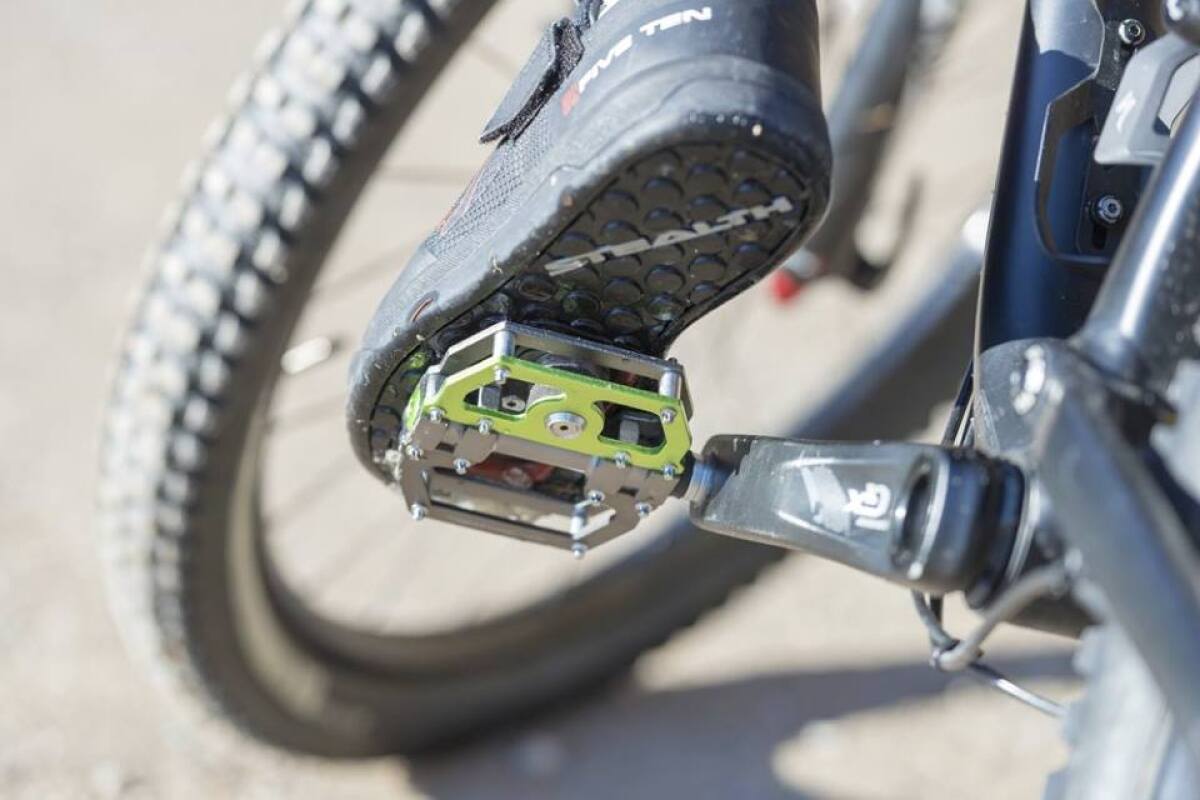Regular readers of New Atlas may recall Maglock mountain bike pedals, which use magnets to keep the rider's feet secured to the pedals. Well, if a new Kickstarter campaign is successful, Maglock could be in for some competition, in the form of the Austrian-designed magped pedals.
Traditional so-called clipless pedals retain the rider's feet via a spring-loaded mechanism that engages a cleat on the bottom of the shoe. Many riders aren't comfortable with being mechanically attached to their pedals like that, which is why both Maglocks and magpeds were created.
Instead of mechanisms, they have magnets in the pedals which are attracted to an SPD-compatible steel plate attached to the shoe's underside. This keeps the foot from lifting straight up off the pedal, allowing the rider to "pedal in circles" instead of just mashing down on the pedals. When they do want to get their feet off the pedals, though, it's simply a matter of twisting the foot to one side.

With Maglocks, users can fine-tune the amount of magnetic attraction by adding or removing magnets from the pedals – each pedal takes a maximum of 10 magnets. By contrast, each magped pedal has just one neodymium magnet, so the amount of attraction isn't adjustable. Buyers can choose between two different magnet strengths, however, with the stronger one providing about 15 kg (33 lb) of pulling force. Additionally, each magped magnet is mounted on a flexible rubber damper, allowing it to stay in contact with the steel plate as the rider's foot moves around.
It should also be noted that while Maglocks work with either side of the pedal facing up, magpeds have only one magnetic side. The magpeds are lighter, though, tipping the scales at a claimed 474 g per pair with the stronger magnets (presumably not including the steel shoe plates). With all their magnets on board, Maglocks weigh in at approximately 974 g for the original aluminum version, and about 600 g for a lighter plastic-bodied model.
If you're interested in getting a set of magpeds, a pledge of €53 (about US$66) is required, which is 40 percent off the planned retail price. Assuming they reach production, they're expected to ship in May.
You can see a demo of the pedals, in the video below.
Source: Kickstarter





